For a long time, the Google Display Planner was a standalone tool in Google Ads (Google AdWords) just like the Google Keyword Planner (and all the other planners).

It was designed to help extend the reach of display campaigns and target relevant users by giving you data you can act on.
It still does that, but the Display Planner no longer exists on its own.
No, it didn’t die a sudden death.
Google Ads built the core functionality of the Display Planner into Google Display campaigns. It now exists as the forecasting engine within your campaigns, predicting how your campaigns should perform based on your budget, targeting, and bids.
Why the change?
Two reasons: simplicity and accuracy.
Now in Google Ads, you no longer jump between the Display Planner and your Google Ads campaign to complete tasks. Plus (and this is an important plus) Google made the planning process easier with better targeting options and ad formats.
Forecasts reflect your advertising goals so, if the forecast doesn’t look right, that’s a friendly heads up to tweak your targets, bids, and maybe your budget, to align your campaign settings with your end objectives.
That’s how the Google Display Planner evolved.
Now let’s talk about
- what it is now (a deep dive)
- what the Display Planner can do for you (why it’s worth using)
- the power behind the forecasts
- targeting options
- troubleshooting
- valuable takeaways
Friendly heads up: This isn’t where we’ll talk about the benefits of Google Display Ads or compare search ads (SEO) to display ads (PPC). If you’re looking for an overview of the Google Display Network (GDN) or want to learn about the power of remarketing on the Display Network and the Google Search Network (RLSA), or if you’re curious about the different display ad sizes and formats, we go over all those things in great detail (and cheeky wit) here.
If you’re here, it’s because you already know the meat and potatoes of display advertising and you want to learn how to use Google Display Planner forecasts to reach more people, get more clicks, and make more conversions—the gravy.
Get brand new Google ad strategies straight to your inbox every week. 23,739 people already are!
What is Google Display Planner?
In a nutshell, the Google Display Planner helps you expand your reach through the lens of your target audience and gives you the information you need to ✨reach more of them.✨
The Display Planner is a multi-step tool that generates targeting ideas to reach more prospects based on content, topics, and placements. And it predicts (forecasts) the potential success of your campaign based on the bid you set and the budget you have.
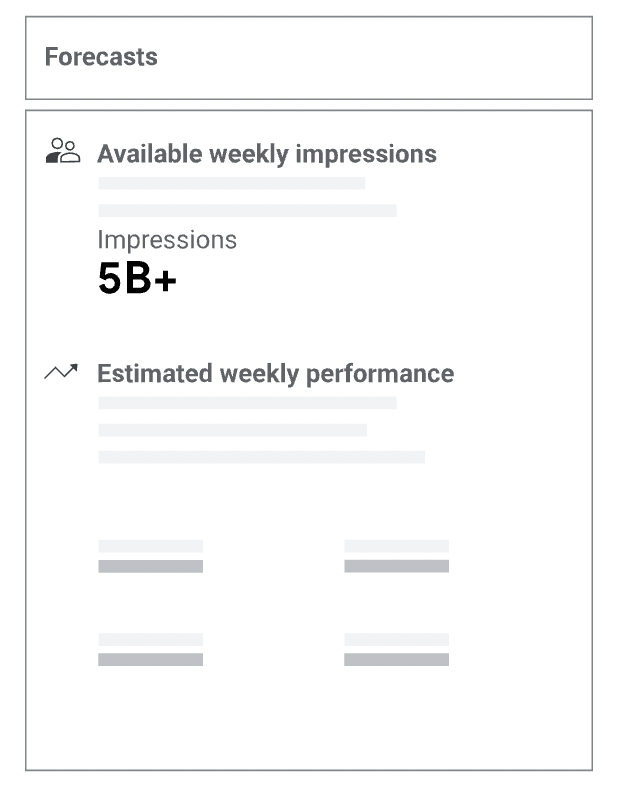
Each forecast includes cost, weekly impressions, and weekly performance estimates. Forecasts appear in the right-hand column and will update as you progress through the steps of your campaign.
Is it worth using Display ads?
If you have any doubts about Display ads—maybe because you’ve heard about the GDN’s comparatively crappy click-through rates (CTR)—the short answer is yes, they’re worth it.
Why? Because of their reach.
Aaaand, because they can actually produce top of funnel conversions (they’re not just for brand awareness).
Reach is how you get your ads in front of more people. And that’s what Display Planner forecasts do.
But aren’t people blind to banner ads? Yes, sometimes.
And aren’t there ad blockers? Sure there are.
But consider this:
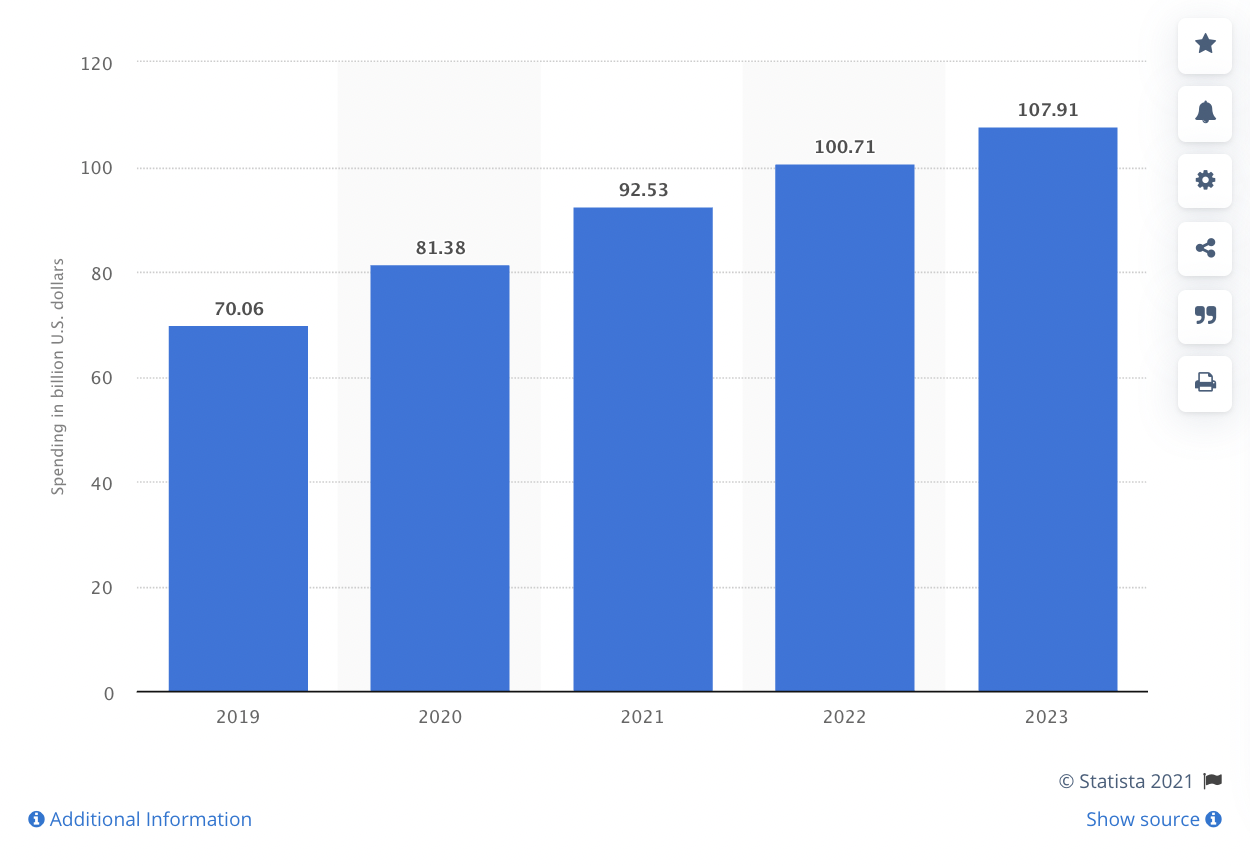
Why would advertisers spend $108 billion on Display ads if they didn’t work?
They wouldn’t. They spend that kind of money because they do work.
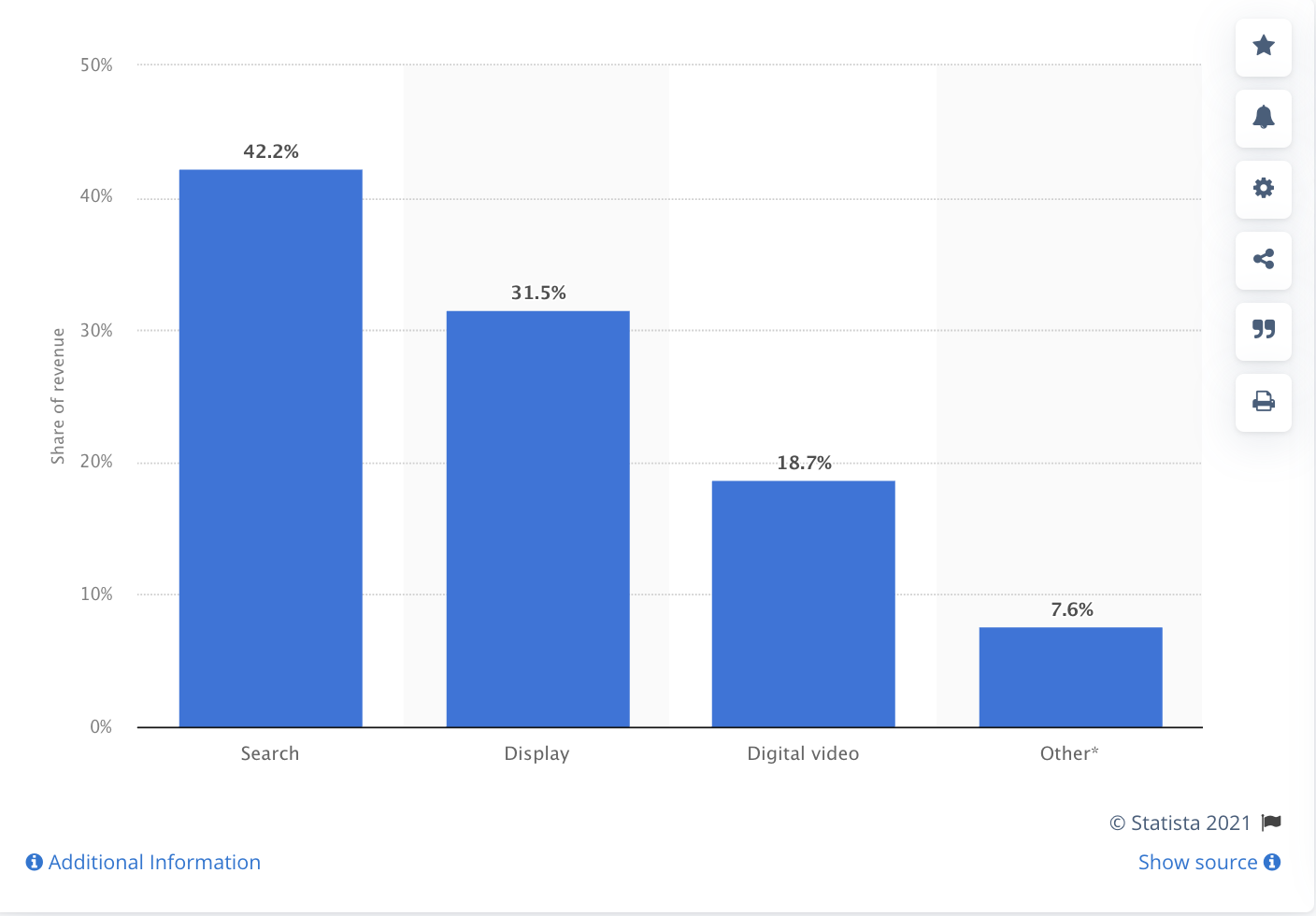
Total advertising revenues in the United States hover somewhere around $140 billion USD, growing steadily for the last decade at around 12%. If we take the display ads share of that total revenue (31.5%), we end up with a cozy $44 billion.
So, yeah.
Display ads are worth it.
And they’re even more worth it if you reach more of the right people in your market with the Display Planner.
One of our client’s, NoiseAware, experienced a 176% increase in conversions with a 29% decrease in the cost to acquire those conversions with display ads.
And did we mention that Display Ads are more affordable (and spiffier) than other ads?
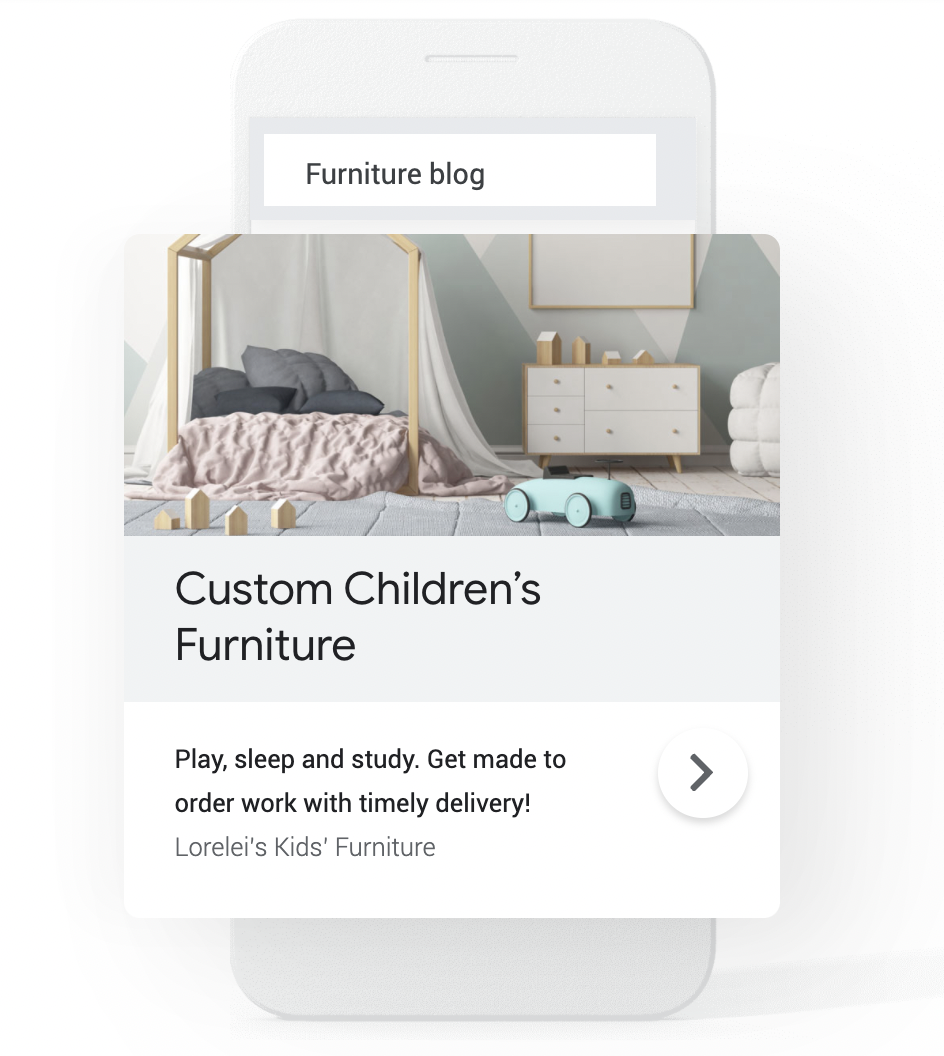
What do Display forecasts (Google Display Planner) actually estimate?
If you’re not sure where you should show your ads on the Display Network so your audience will notice them, campaign forecasts help you with that.
Forecasts generate new ideas for ad groups and make projections in real time for things like
- impressions
- clicks
- conversions
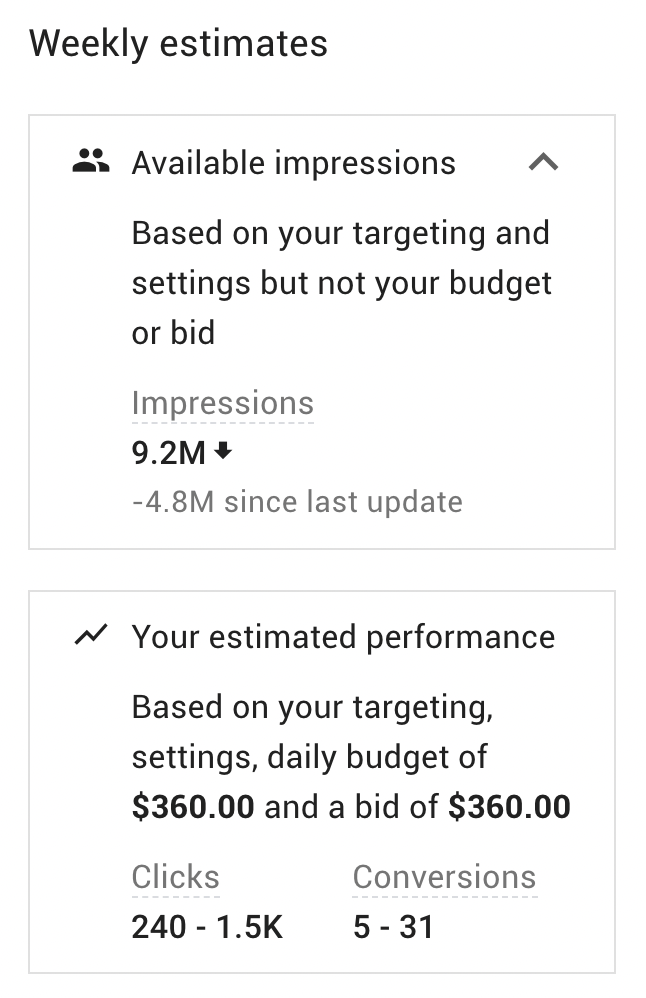
But what if the forecast doesn’t show the kind of results you hoped for? Easy. Make adjustments and see if the new forecasts hit your benchmarks.
That’s how you create effective campaigns.
Know what else helps you create effective campaigns? Amazing targeting options.
Display targeting options
Thanks to smart campaigns, targeting is optimized for you. But if you’re the kind of person who wants more control—that’s you, isn’t it? 😏—go ahead and take that control by clicking into five different targeting options that cover the who (your audience), what (content), and where (placements) of your market:
Audience: things like market segments, demographics (gender, age, parental status), remarketing (people who have been to your site before), and interests.
Content: keyword, phrase, or URL
Placements: apps, videos, websites
Get started with Display Planner audience insights
What is an audience?
An audience is made up of groups of people who share similar interests, demographic data, recent purchases, and intents. Those “like” groups are called segments.
A segment could include, for example, anyone who has visited your website or app before (remarketing). If you select that remarketing segment, Google will only show ads to people who’ve checked you out already and are therefore warmer than another segment who hasn’t.
Here are audience segment types for Display campaigns:
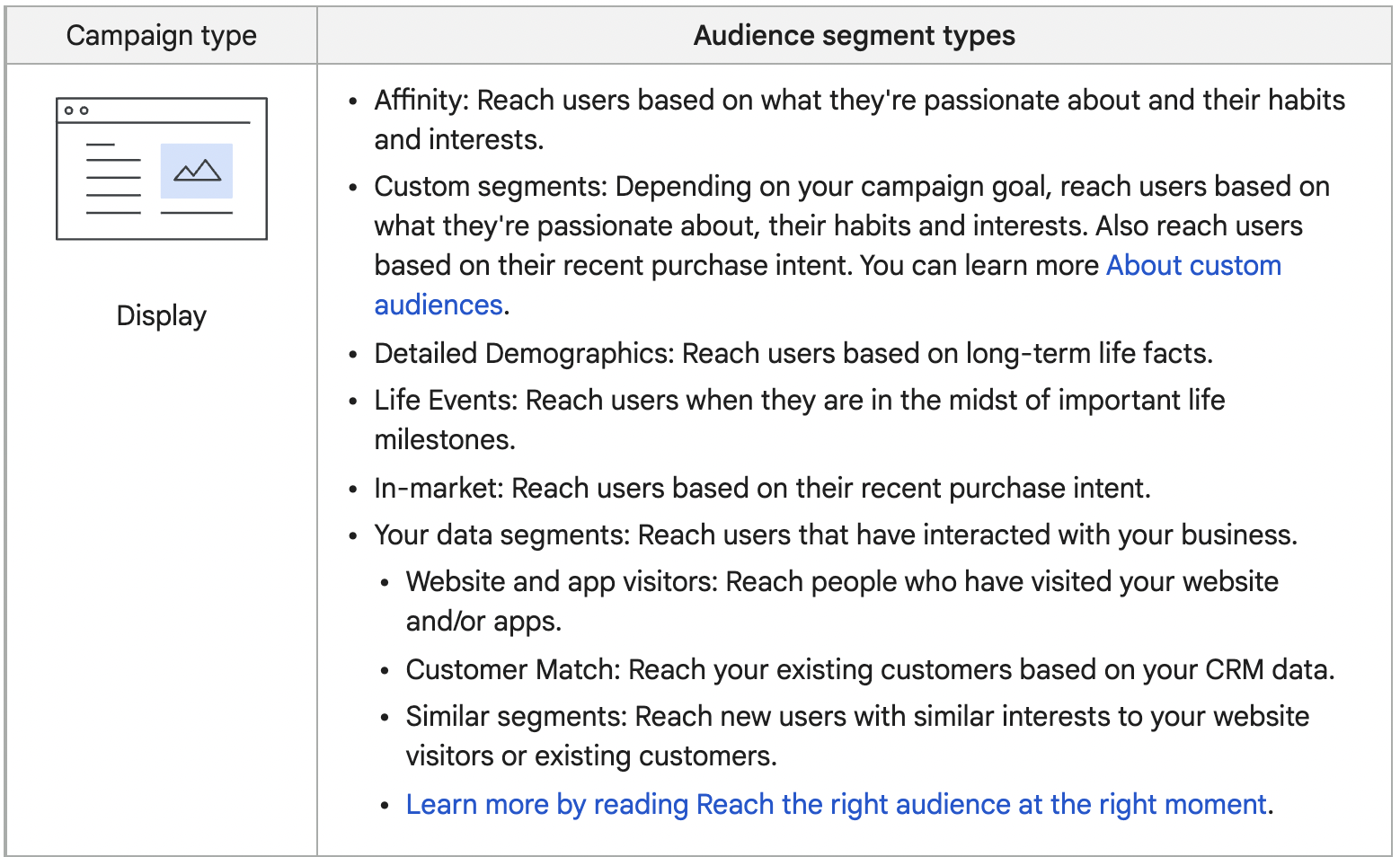
You can see audience insight opportunities in the Audience manager.

When you’re in there, you’ll see something like this:
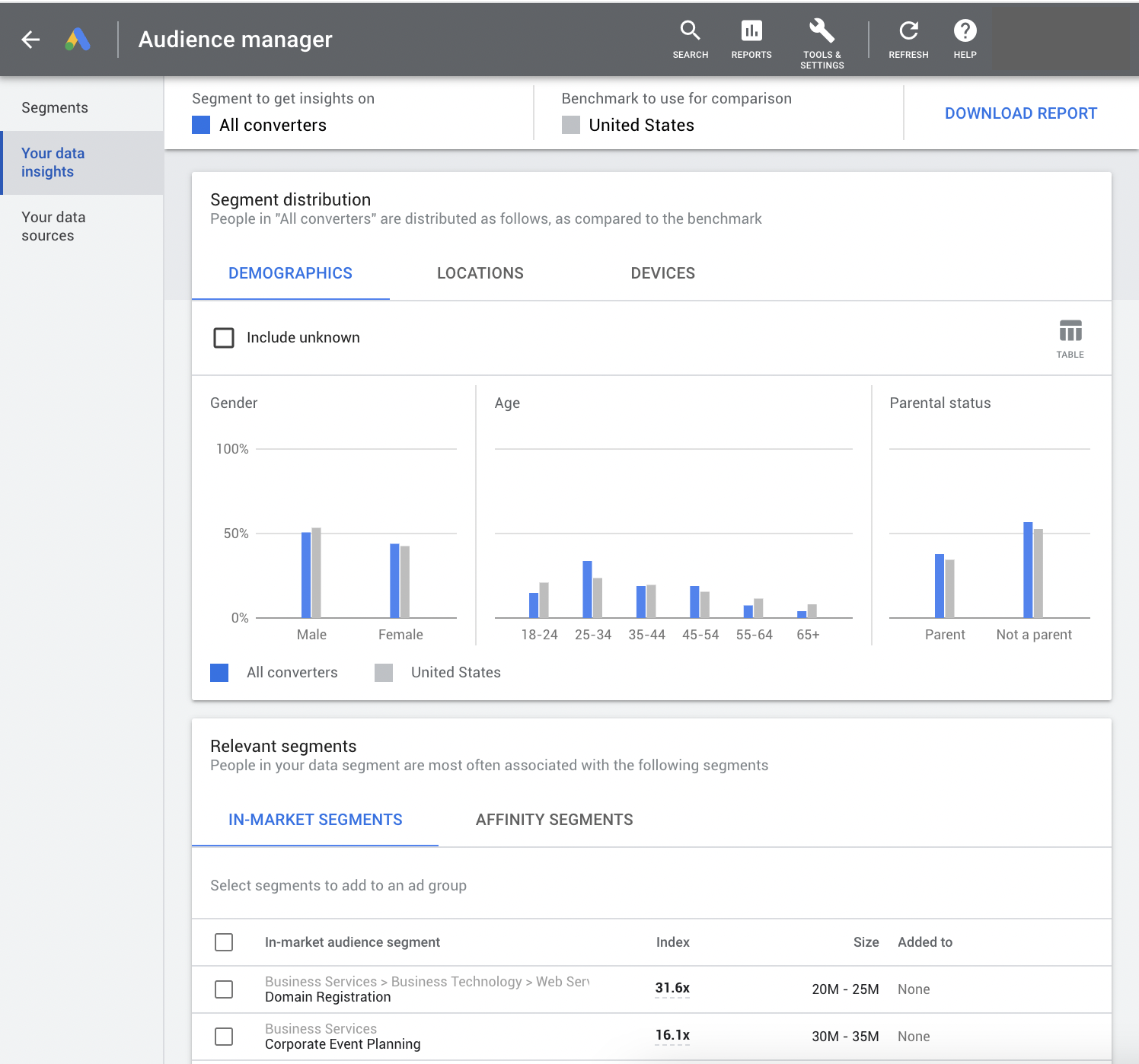
Which of your ads perform best by demographic, location, and device? Based on that, where will you focus more attention going forward in your display ad campaign?
To learn a lot more about audience segmentation, check out our in-depth article on Display targeting.
Performance forecasts
Use audience insights to develop ideas, but use performance forecasts to determine how your campaign might play out.
Let’s take a look at how this works in practice.
Getting started with Google Display Planner/forecasts
When you create a new Display campaign, there are five steps to complete that walk you through settings, budget and bidding, targeting, ad creation, and final review.
You’ll first see Display Planner (forecasts) when you exclude some audiences in your campaign settings, and again when you set your bids and your budget. You’ll see how the reach estimates change when you define your target audience, too.
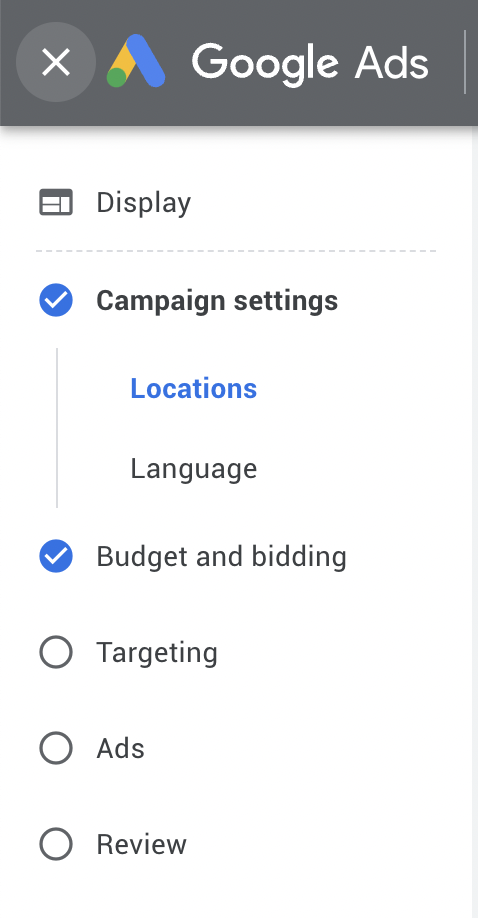
Content exclusions
In campaign settings, you can exclude your ads from showing in some places (for more targeted reach). If you already have your bids and budget set, you will see how these exclusions modify your weekly projected estimates.
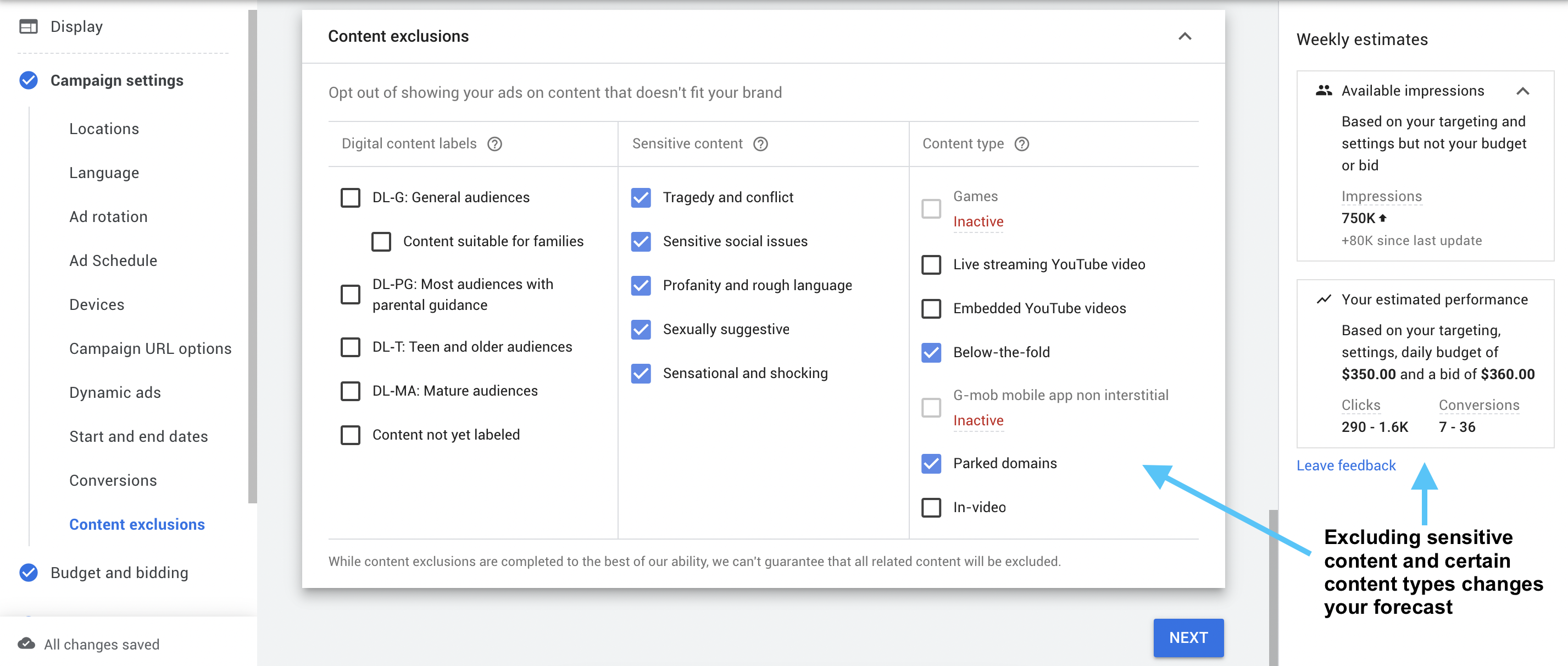
Budget and Bidding
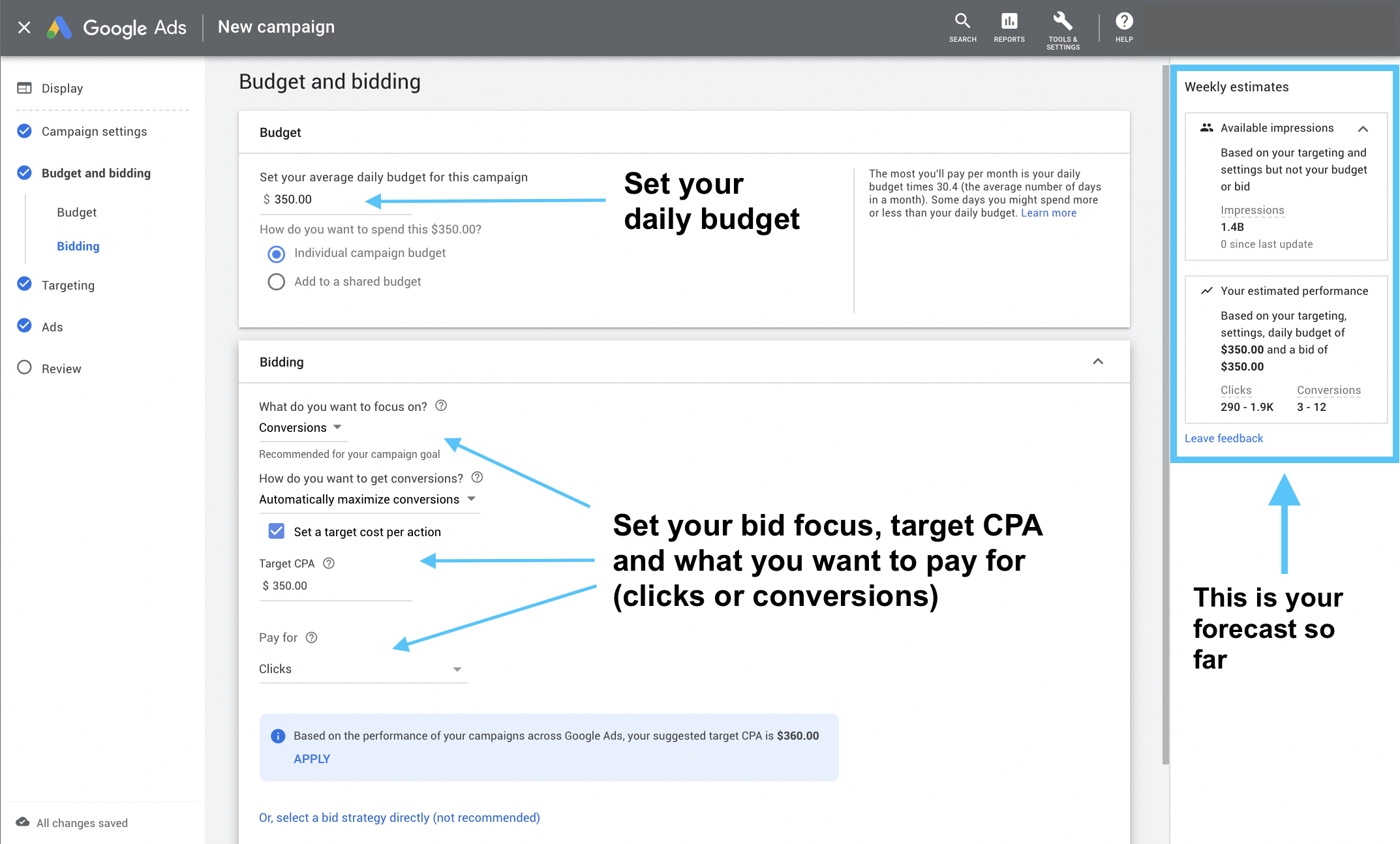
How much you bid and how much you can spend on the campaign affects your forecast.
Once you set your average daily budget, you’ll see how many impressions, clicks, and conversions you might get. This is the Google Display Planner at work on the right side of the screen.
Want more clicks or conversions? Adjust your budget and see how the forecast changes.
That’s the beauty of forecasts: You’re not throwing money at something and hoping it works.
With the Google Display Planner built into your campaigns, you get a good idea of what you can expect based on how you modify your bids. You also get a good indication if your budget will get you the sort of results you’re hoping for. If not, you can make adjustments before you launch your campaign.
The next step is to optimize your targeting by audience, demographics, keywords, topics, and placements. As you might guess, how you set your targeting affects your projected performance.
Targeting
Oh, man. Targeting opens up a world of possibilities.
You get to decide who should see your ads, where they should appear (web pages, apps, videos), and what keywords will trigger them. You can let Google Ads optimize targeting for you or take control and click into five different Display targeting options:
- Audience Segments
- Demographics
- Keywords
- Topics
- Placements
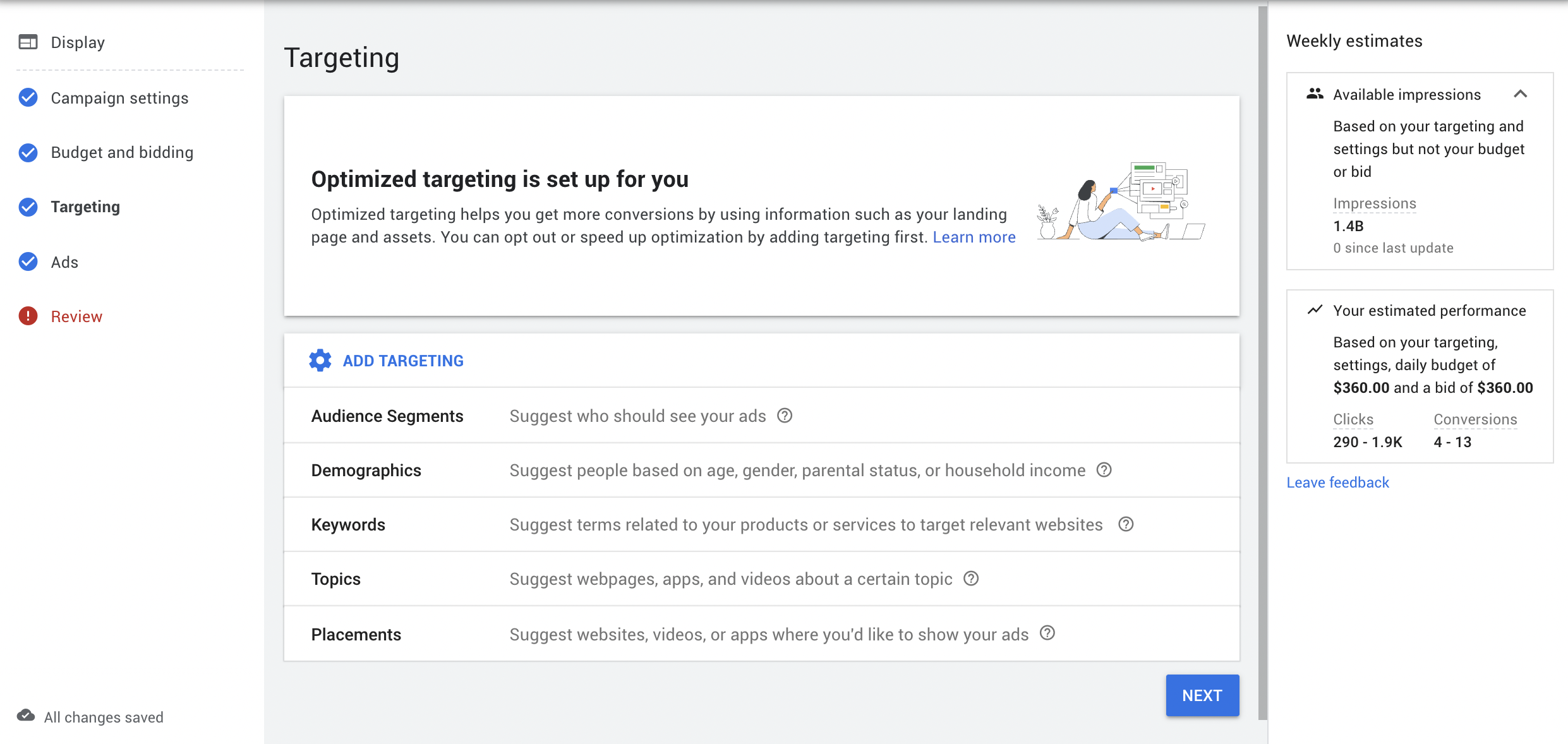
With each targeting adjustment, the Display Planner re-estimates the weekly projected forecast for number of impressions, clicks, and conversions.
Want to drill down into every corner of Google Ads Display targeting? 👈 Click this link.
Want to learn how to create your ad after that? 👈 Click this link.
At the very end of the ad creation process, you’ll have a chance to review everything before you publish your campaign, including the final weekly projections the Google Display Planner predicts you’ll win based on your target audience, content exclusions, budget, and bids.
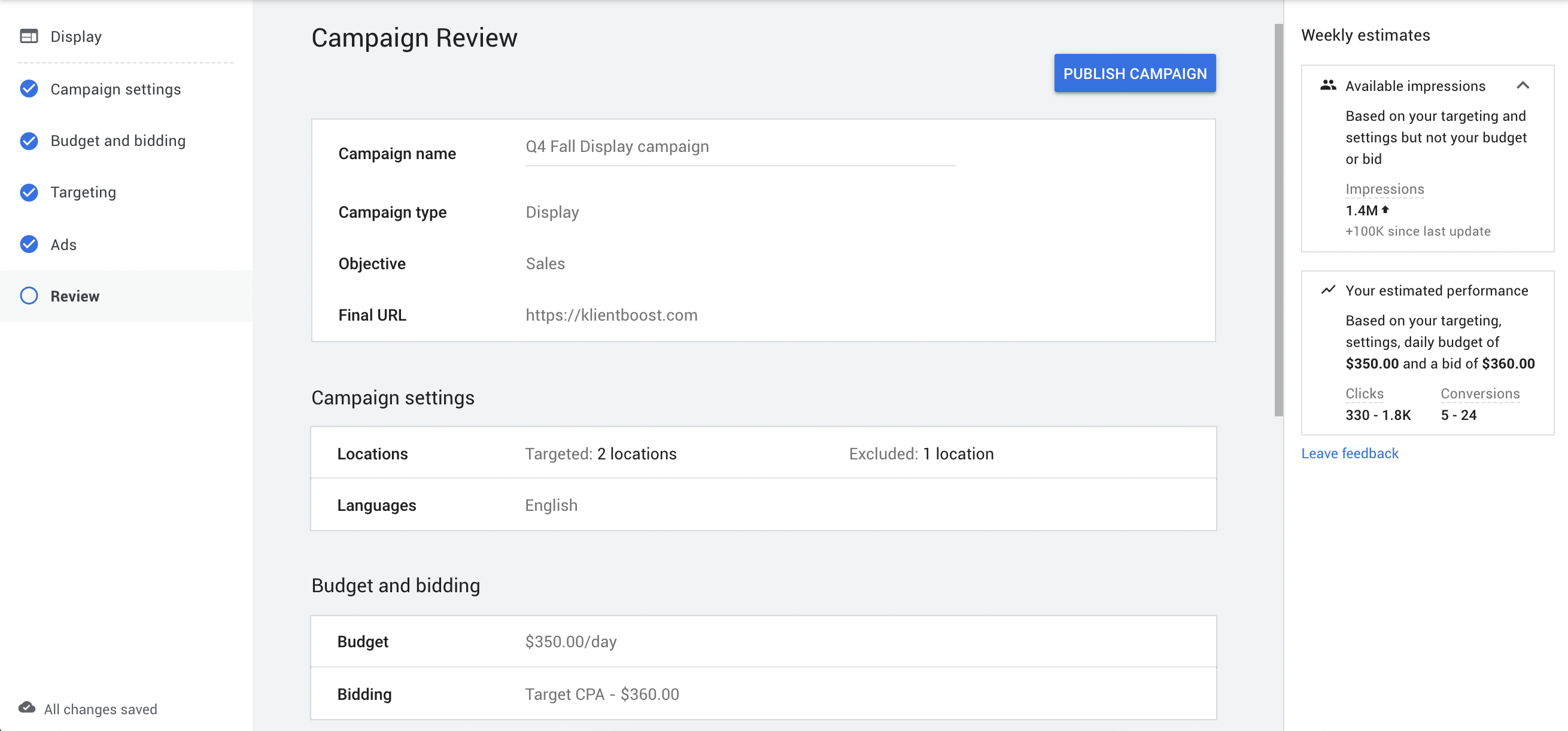
Troubleshooting audience reach
When you target by content (specific keywords), you open up your reach to a wider audience. Focus that reach by adding in placements.
Flipping that around, when you add in lots of audiences and demographics, you may narrow your reach too much. Keep an eye on forecasts to make sure you have enough impressions to make your campaign worthwhile.
If your reach looks too low (say, less than 1k), check out how it’s defined. Do you have enough placements? Add more to expand your reach.
Also, don’t keep your eyes narrowly focused on your own landing pages for ideas. Enter different URLs—Wikipedia pages or competitor pages or other information-rich sources—to give Display Planner enough data to analyze.
Last but not least, consider setting conversion tracking. If you don’t, you won’t know what’s worked and what hasn’t.
Takeaways: Google Display Planner
Integrated forecasting models provided by the Google Display Planner are golden market research nuggets.
In-depth, intuitive estimates based on your campaign targets are right there on the right of your screen. Make sure you use forecasts early on to generate ideas and steer your campaign in the right direction.
To maximize Google forecasts, play around with the available targeting options (and exclusions). You’ll mine highly relevant ideas and weekly performance forecasts from that. Or, let Google Ads optimize targeting for you.
If you’re getting started, keep your budget small. Especially if, at first, you find you have a small reach.
Find optimal levels of conversion by adding keywords, audiences, and demographics, and placements. Then narrow down the demographics as you add extra audiences (and so on).
Watch how the forecast changes as you make modifications. Use it to launch a powerful campaign that suits your goals.
When you feel confident about your targeting options, run ads based on your forecasts for a week to a month. Then analyze the metrics (your results) and use them as a baseline for future campaigns.
Sky’s the limit, Google advertisers.
Tally-ho...
